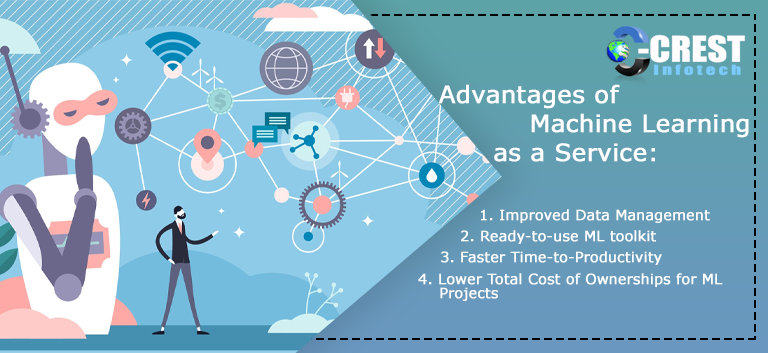This is part one of a two-part series on why businesses should consider replacing Excel for more efficient decision making with a Business Intelligence platform.
Undeniably, Excel is the world’s single most popular data analytics tool. I’m not here to refute that, and I’m going to be the first to confess that I’m also a fan of the spread sheet application and find myself regularly using it to organize data (along with 750,000,000+ others).
When organizations collect higher data volumes from a dizzying variety of sources, it is increasingly important to be able to consolidate and interpret the data as rapidly and efficiently as possible. And most businesses transform to Succeed and do so with good reason in order to do so.
Is Excel the right tool for the job, though?
That is the issue of a million dollars. There is no doubt in my mind that for many small data processes (key word being small), such as calculation and basic analysis, Excel spread sheets will work perfectly.
And while many businesses will argue that Excel is an invaluable tool, and say that its implementation is unlimited, all data processes, particularly when it comes to Business Intelligence (BI) and reporting, can simply not hold their own.
The questions about using Excel as the key tool for BI and reporting are well known. Many of these issues derive from the high risks associated with excessive quantities of manual edits, including copy/paste operations, being performed. There are several instances of usage where Excel failed during manual service, perhaps the most notable being when JPMorgan Chase experienced a $6.2 billion loss.
The shortcomings of Excel are simply detailed in much of the discussion between Excel and Business Intelligence solutions. The actual processes commonly conducted in Excel that could be replaced with a Business Intelligence framework for more efficient decision-making are what this article would concentrate on.
We have divided these processes into 4 categories and will take a closer look at how each system manifests itself, as well as the tell tale signs that should cause improvement. In Excel, we will include use cases of these processes, along with information on how they can be streamlined with the Business Intelligence solution from Data Visualization, BI.
Two processes will be the subject of part one of this series: inefficiency and instability.
Inefficiency
For the success of any sophisticated data analysis method, fast analytics are crucial. However, if you find yourself spending time connecting, planning, reviewing and delivering data and repeating the same steps over and over again on a daily basis just to simply update your Excel reports, there is a very good risk that your time or money will not be used to the best of your capacity.
And although theoretically the method works, it is inefficient, laborious, and uninspiring (shall I go on?), eventually resulting in manually updating reports wasting time.
Instability
If you are dealing with large amounts of data in Excel and have trouble managing your data operation, instability is the most probable culprit. And what we have classified as instability is not a one-dimensional affair, but rather an entity consisting of a plethora of components, each more harmful than the next to your reporting needs.
Many of the challenges you will find or are currently facing with respect to Excel’s inconsistency are rooted in the fact that Excel is a client-side program and is not driven by a server in most cases. It appears to be mostly a desktop program that seeks to manage as much information as is thrown at it.
It works well for small data volumes and small files, but when scaling up to enterprise sizes, it lacks the requisite toolset (more on this later).



